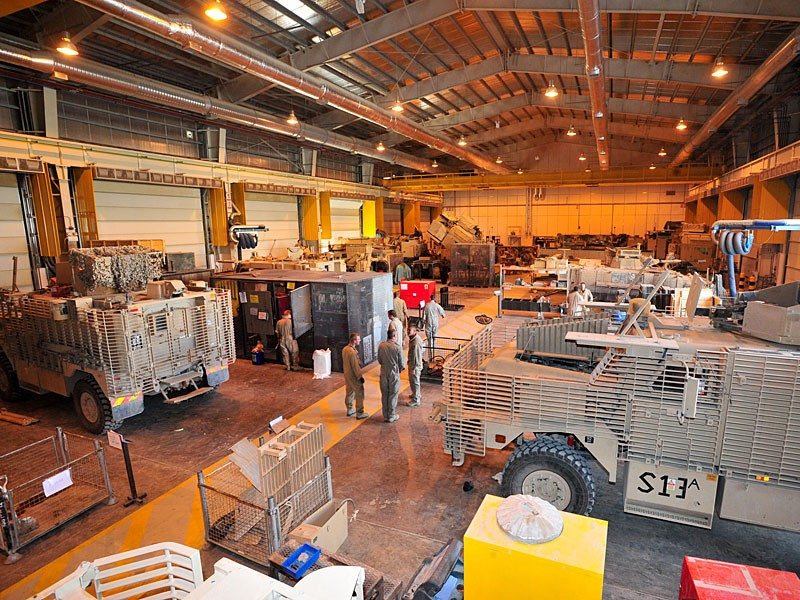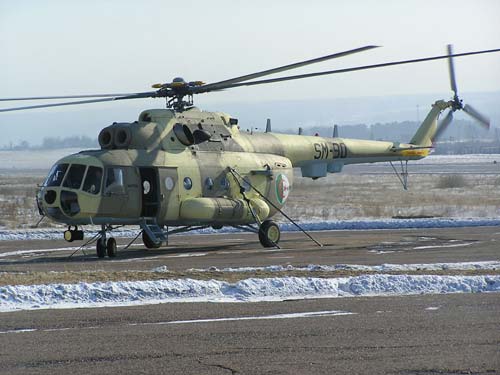The heavy maintenance segment has the highest potential for revenue generation among military support in services, as the defence sector is evolving into a support in service (SIS) oriented market. Expensive cost of new combat platforms purchase, along with budget pressures, is compelling the defence sector to extend the lifecycles of military platforms far beyond the original average of 30 years. This translates to substantial revenues for military SIS providers.
Additionally, as older platforms require heavier, more intensive, and expensive maintenance, most original equipment manufacturers (OEMs) will experience higher revenues from maintenance and retrofit contracts.
New analysis from Frost & Sullivan, Global Military Support in Service Platforms Market Assessment, finds that the market earned revenues of $50.73 billion in 2013 and estimates this to reach $63.58 billion by 2022, at a compound annual growth rate of 2.5 percent.
North America is likely to be the biggest military SIS platforms market globally. However, it is the Asia-Pacific market that is likely to register the highest compound annual growth rate. The study covers 5 main SIS activity segments: line maintenance, heavy maintenance, spare parts, modernization/upgrades, and training.
The SIS market remains relatively unaffected by the downturn, mainly because the complexity of combat platforms compels the use of permanent support.
Innovations such as additive manufacturing are supporting the SIS market by enabling deployed, frontline units to print required parts on site from available materials such as aluminum, plastic, titanium and steel. This has revolutionized access to necessary parts for potential life-saving military equipment by allowing spares to be produced on the spot instead of having to be shipped.
“Acknowledging the rising sophistication of weaponry and tightening budgets, defence contractors are expected to provide SIS packages as a part of the main contract for the supply of modern combat platforms,” said Frost & Sullivan Aerospace & Defence Industry Analyst Dominik Kimla, PhD. “They will also be seeking to enter into partnerships with local military SIS providers by setting up joint-ventures and strategic partnerships due to the growing role of local companies.”
This collaborative approach is in line with the industrialization policy of governments, aimed at enhancing national capabilities through technology transfers and local partnerships.
“Defence suppliers must demonstrate the ways in which outsourcing of SIS can lead to reduced operational costs in the next five to seven years,” noted Kimla. “This is critical, as Ministries of Defence are looking for methods to reduce costs and simultaneously improve the readiness of their forces.”
Overall, the market will continue to grow despite the cutbacks in the defence sector, as governments all over the world are attempting to streamline their spending and outsource SIS activities to private companies.











